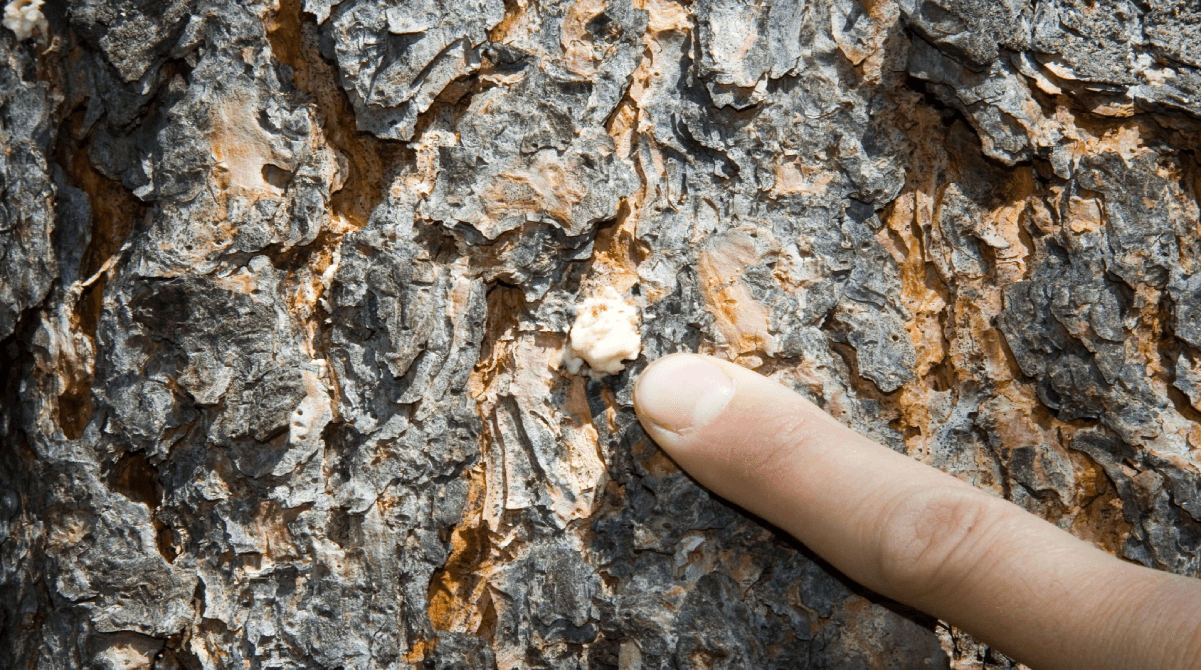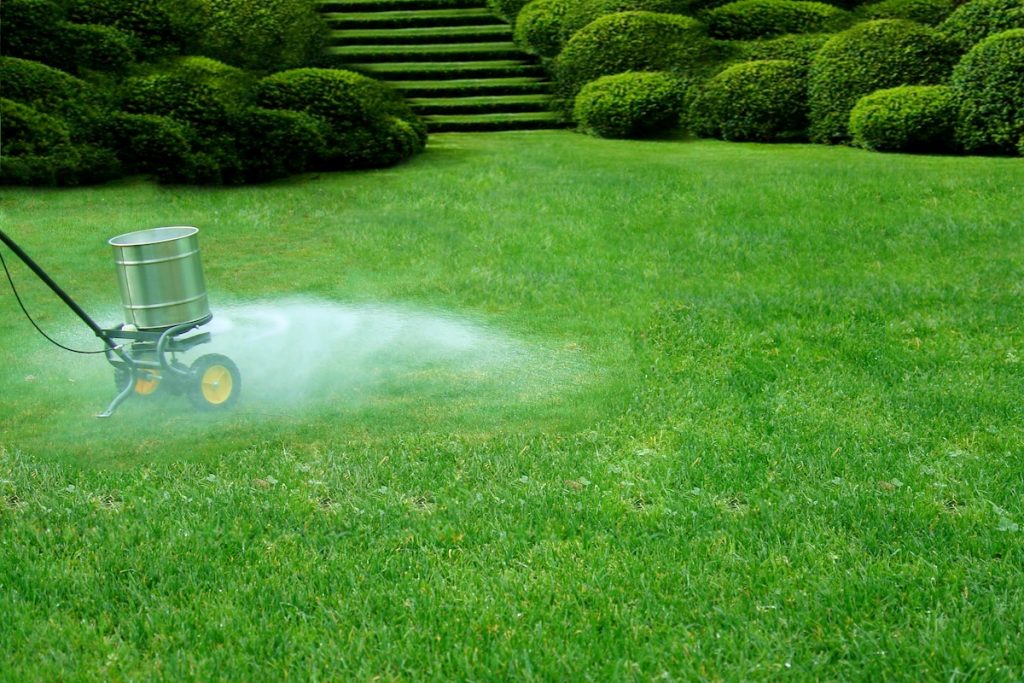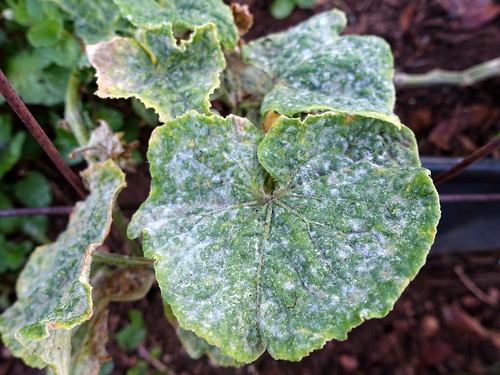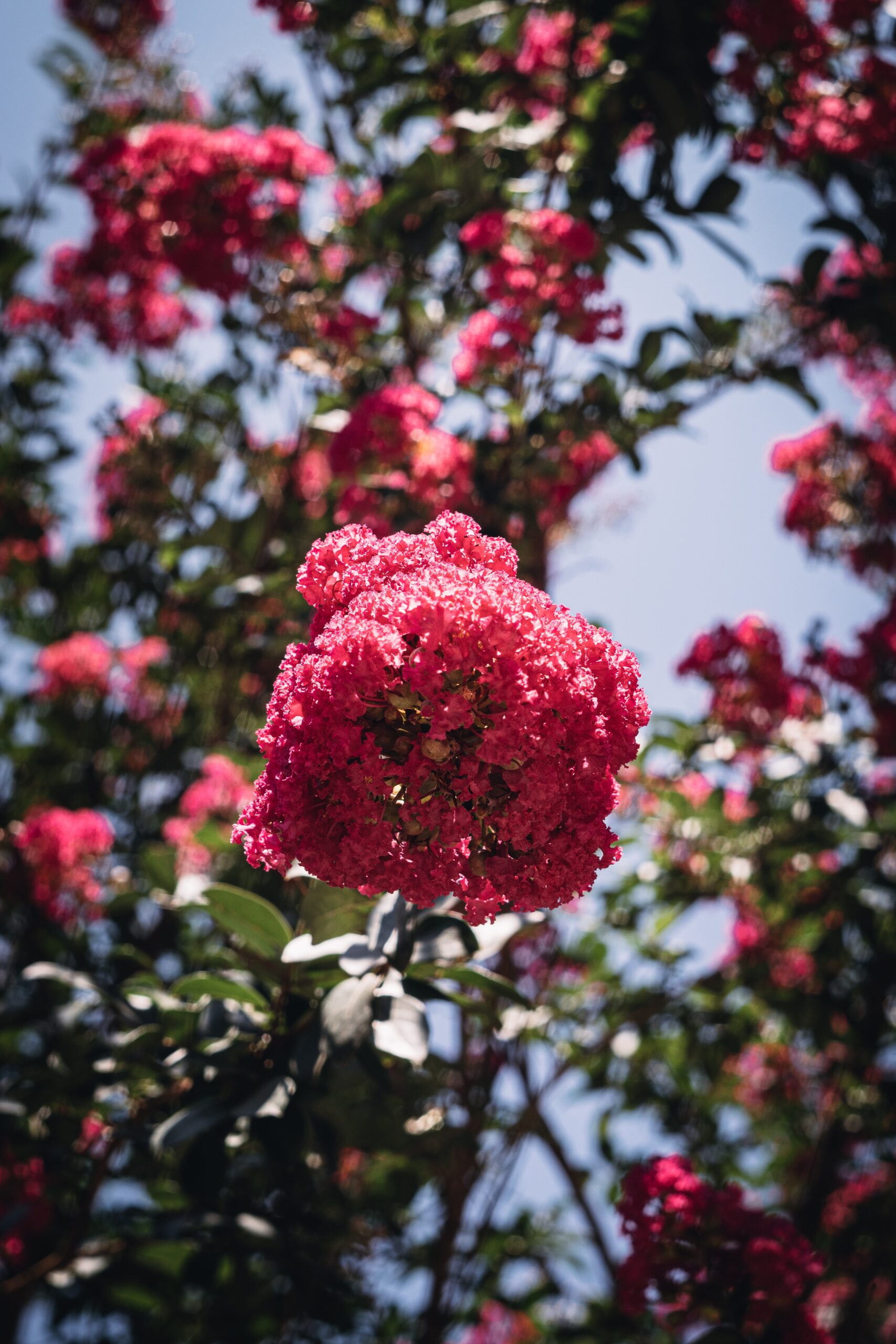
4 Tips for Effective Spring Tree Care
Date April 06, 2020
Category
Springtime begins the massive impetus of tree growth. For deciduous trees, which are common in the North Central Texas region, trees start to bloom at the climax of the spring season.
Due to their impending growth, trees can become susceptible to pests and fungi, which also become more prevalent in the spring months. As a result, property owners, municipalities, and other parties are responsible for guiding and nurturing the growth of their trees.
Ignoring this important step could allow the deteriorating of your trees, which can be harmful to the community and even your property. For this reason, there are a few things you should learn about keeping your trees healthy as they bloom in the spring.
Here are four tips to guide you through the extensive process of promoting optimal tree health.
1. Check the Overall Health of Your Trees
Often, trees show signs of disease and deterioration. Those who are not experienced and Certified Arborists many times don’t notice these signs and interpret them as a “tree being a tree.”
For example, a homeowner may not think anything of a tree having visible discoloration on its bark, at least until the tree shows signs of falling (or when it’s too late). Since this is often the case, property owners have to be proactive and vigilant in inspecting the overall health of their trees.
You can achieve this goal in the following ways:
- Looking for lesions, discoloration, frostbite, and deadwood on trees.
- Pruning away diseased, damaged, or dead limbs on trees.
- Appropriately applying fertilizer to trees to enhance the growing process.
- Locating the presence of fungi and pests preying on trees.
As you can see, you are ultimately responsible for the health of your trees. Taking these steps will ensure that your trees are growing at a desirable rate without disturbance.
2. Make Sure That Your Trees Have Enough Water
Trees are living organisms that outnumber the human species massively on the planet Earth. Like humans, they need water constantly. In most conditioners, trees can lack a consistent water source, which can impede their growth.
In the spring months, this shouldn’t happen as fungi and pests can easily prey on weak, malnourished trees. Fortunately, making sure that your trees have enough water is a relatively simple process.
Here are some ways you can get started:
- Inspect the soil moisture at least once a week. Try to check the moisture four to six inches deep. Ideally, the soil should be moist and not wet.
- Leverage deep watering techniques. This guarantees that surface roots are receiving direct access to water and are robust. Trees with strong foundations live longer, are healthier, and hold more resistance to pests and fungi.
- Monitor your irrigation system. Similar to how trees can not get enough water, they can also receive too much water which can lead to damage. Make sure your irrigation system is free of clogged spray heads and leaks that can oversaturate your trees.
- Adjust your watering patterns as your trees grow. When your trees begin to grow, you should strive to use less water. To be specific, using 10 gallons of water for each inch of the trunk’s diameter is an ideal approximation for watering trees as they grow.
3. Inspect Mulch Levels and Make Adjustments
Mulch is a natural, helpful ingredient to help the soil retain moisture. It also helps to destroy weeds before they form. Remember to keep your soil layered with three to five inches of mulch, beginning with a few inches from the base of the trunk and extended one to two feet from the tree in a complete circle.
You shouldn’t create a “volcano” or mound of mulch around a tree. Instead, you should still be able to see the base of the tree after proper mulching.
4. Remove Weeds and Excessive Debris from Your Tres
Weeds are problematic for trees. Similar to how algae can absorb the oxygen in the water making life difficult for fish, weeds compete with trees for nutrients and water. Therefore, you should remove any weeds that exist around your trees.
Fortunately, it’s easy to remove weeds in the spring, as the dirt is still soft from constant raining. You should also remove other competing plants, such as ivy and even garbage. Over time, garbage can pile up under ivy, creating the perfect breeding ground for rats.
All plants near the drip line of your trees should be removed to allow them to thrive in the spring.
Need Help Managing Your Trees?
It takes a lot of time and effort to keep your trees healthy throughout the year. If you need professional help to get the job done, give us a call today to speak with a member of our team about scheduling a time for us to come to visit your property.
To learn more about the spring tree care, call us today at tel:(817) 592-6846 or send us a message.
We’re a little different than the average tree services company.
Learn more about TreeNewal’s ISA Certified Arborists!
Our Argyle and Southlake based tree surgeons can explain how sustainable tree care services add more value to your bottom line.
Healthy trees, healthy lives.








